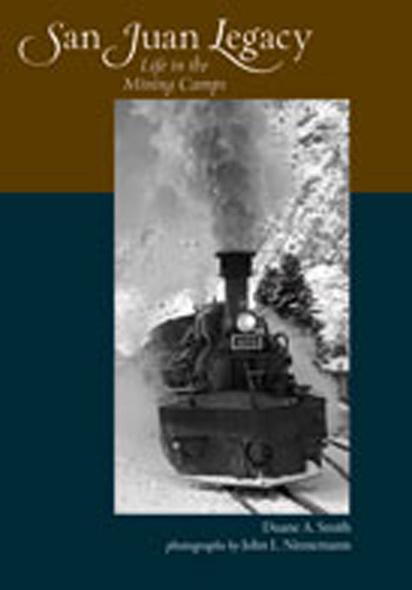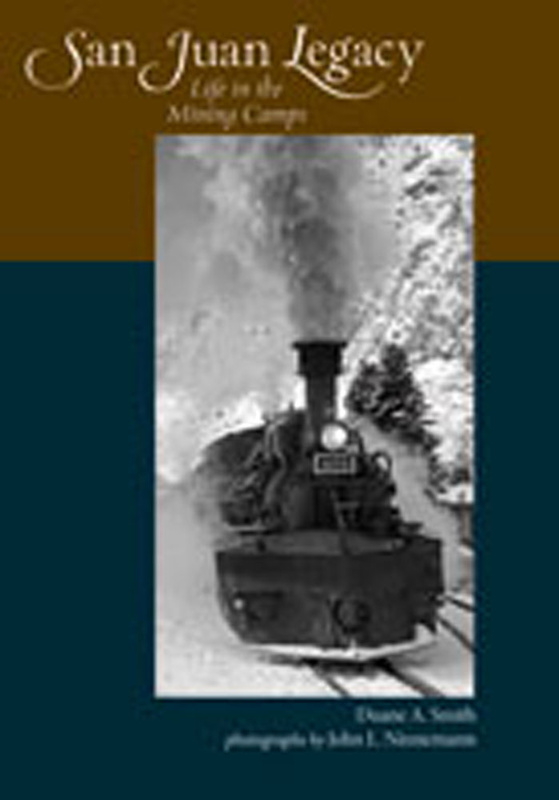
San Juan Legacy
Life in the Mining Camps
As early as the eighteenth century, Spanish explorers left place-names, lost mines, and legends scattered throughout Colorado's San Juan Mountains. In 1869 and the early 1870s the legends lured hopeful prospectors to the area, ushering in its greatest mining era and transforming it into one of the country's most celebrated mining districts. Faced with a boom-bust economy, unpredictable weather, and the risk of violent death, mining camps and towns nevertheless struggled to institute local governments that would address issues such as sanitation, the maintenance of schools, and the enforcement of law and order.
As the economic boom headed toward its inevitable decline, towns like Silverton, Ouray, Telluride, Creede, Lake City, and Rico found themselves seeking visitors and tourists who wanted to experience the historical West and its accompanying folklore and legend. The pioneers and mining communities were supplanted in that rugged and unforgiving terrain. In this history of the San Juan mining region, Duane Smith's text and John Ninnemann's photographs offer a glimpse into the lives of towns that sprang up in remote canyons and mountain plateaus in southwestern Colorado and the settlers who attempted to recreate the eastern communities they had left behind.
Duane A. Smith is professor of history, Fort Lewis College, Durango, Colorado. John L. Ninnemann is former dean of the School of Natural and Behavioral Sciences, Fort Lewis College, Durango, Colorado.




